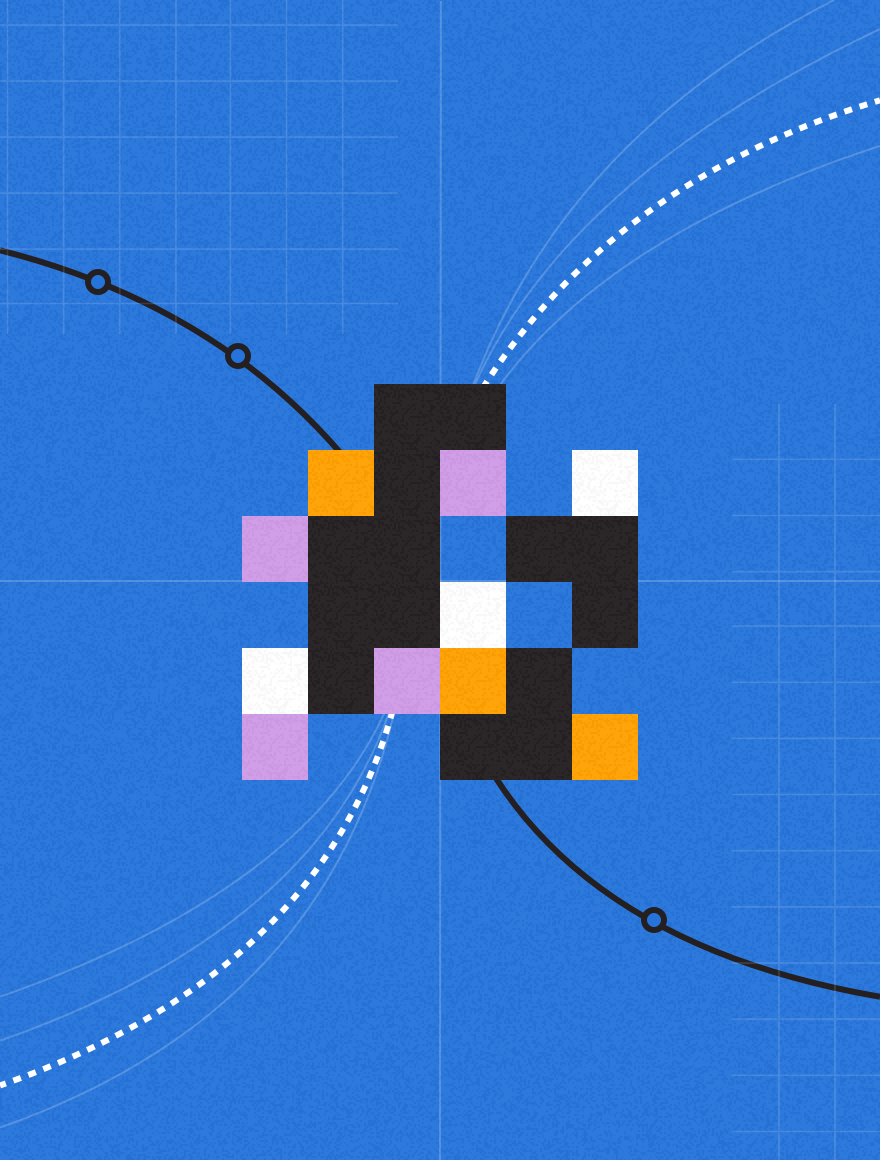Proposals are hard work. They require personalization, product information that must be accurate, compelling marketing language and most critically – they’re expected quickly. Generating compelling proposals that resonate with prospects by addressing their unique needs can be a time-consuming and challenging task.
However, with the advent of generative AI, the future of sales is poised for a revolution. By harnessing the power of AI for proposal automation, sales teams can simplify their processes, enhance the quality of their proposals, assure accuracy, and respond faster to win more business.
How generative AI is revolutionizing sales proposal generation
Automating writing
As every writer knows, the hardest part about writing is getting started. With generative AI, sales team members or proposals can skip the initial brainstorming process and jump straight to review. With just a few clicks, generative AI features can help with writing executive summaries, summarizing long case studies, and unifying product and service descriptions. The end result is a process that helps professionals save time, easily gather their thoughts, and of course significantly reduce stress.
Polishing language and delivery
Let’s be honest: spell check only goes so far. It’s great at making sure we don’t spell a word incorrectly or catching minor grammar errors, but it can’t tell us how to improve our communication or make something sound smarter. With the addition of generative AI into the writing process, we can rely less on the innate writing skills of the user and start producing top-notch results regardless of skill levels.
Contextually tailoring content
Say you’re in sales and you just got an order for the exact same offering, but for a different vertical. You’ve already finished the arduous process of creating a custom-tailored proposal for this client, but all the context and language is off because they’re calling customers users, not patients.
Wouldn’t it be nice if all the work you just completed didn’t go to waste? Well, with generative AI you can take your existing ideas and content, and with a simple command or prompt, quickly make changes based on any new context. In this case, you could use generative AI to revise your existing content to speak directly to the healthcare market by changing simple terms to fit better and speak to their customer’s unique pain points or values.
Template creation
Finding a template for a proposal can be surprisingly hard. If you have disparately managed teams, teams that like doing their own thing, or are just low on marketing resources, you may not have a great standard set up for templates. Generative AI can make that work easier by finding relevant template examples from both internal and external sources. After finding your perfect template, you can continue using generative AI to tweak parts of your template based on feedback from stakeholders, new and relevant information, and professional brand requirements.
Translation
International deals are extremely common, but many companies lack the resources to compete. Either you’re paying big bucks for a professional translator, or delegating work to a stakeholder, which means they’re taking time away from their daily responsibilities to help translate. Additionally, most automated translation tools, while not totally bad, often make contextual or grammatical mistakes.
With generative AI, large language models have gotten better and better at translation. By using large amounts of real-world language data, translations are now more accurate and context-specific than they’ve ever been. As a result, companies can quickly translate their proposals, allowing them to respond to more international deals.
Reducing time reviewing
Bottlenecks always crop up during the review stage. Whether it’s due to prior stakeholder commitments, miscommunications, or just poor time management, the review stage can take much longer than it needs to. By combining the above features, generative AI can help speed up the proposal process by reducing the need for multiple review cycles. By producing a more polished and professional proposal at the start, you’ll spend less time refining and updating your proposal and more time working on new opportunities.
Creating compelling visual content
It would be great if every aspect of the proposals we create were tailored to our clients, but in reality, we’re mostly limited to text and language changes that make our clients feel like we know their industry’s needs, wants, and desires. Most marketing teams are incredibly busy and don’t have the time, resources, or budget to put an on-brand spin to every single proposal that goes out the door. After all, costs can quickly add up when working with graphic designers, buying new stock images, or hiring professional photographers or videographers.
As generative AI continues to grow, one area that’s rapidly expanding is image and video creation. With the current generative AI tools, you don’t need to be a master of photography, digital editing, or illustration to create customized images. By just prompting generative AI, you can make core changes to images such as changing laptops to phones, swapping lab coats instead of suits, or crafting a custom diagram that makes your proposal pop.
Generative AI is poised to change multiple industries
In its current state, generative AI has already made a huge impact on multiple industries. However, what we’ve already seen only scratches the surface on how generative AI is going to impact the entire world. Whether it’s making custom image and video generation easier or saving bid and proposal specialists valuable time, AI is here to stay. Stay tuned as we continue to dive into generative AI and its impact on the entire bid and proposal industry.
